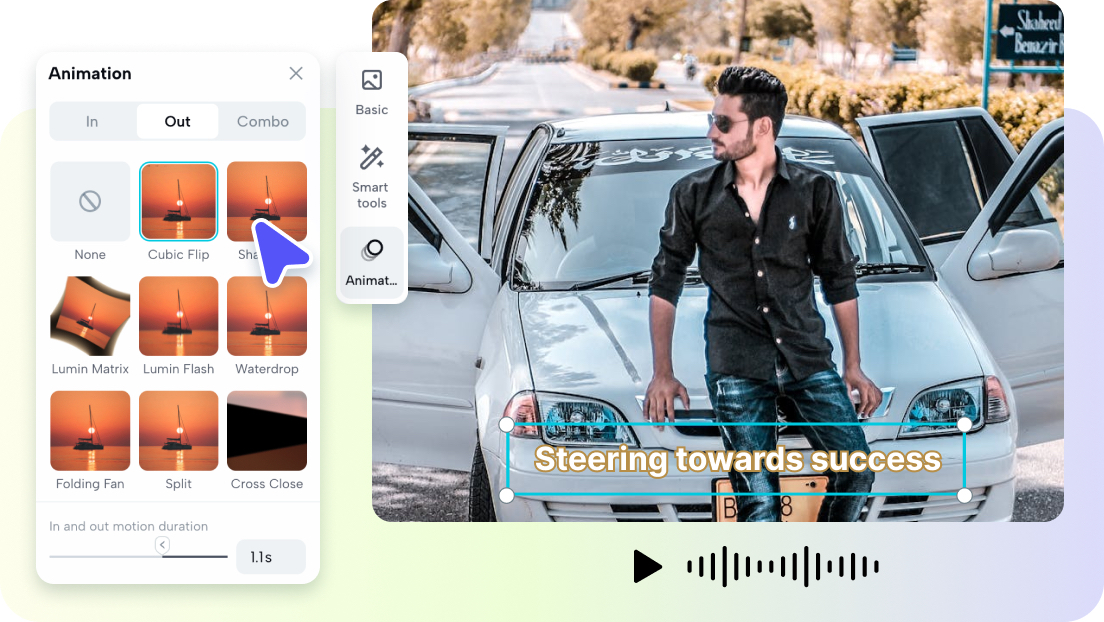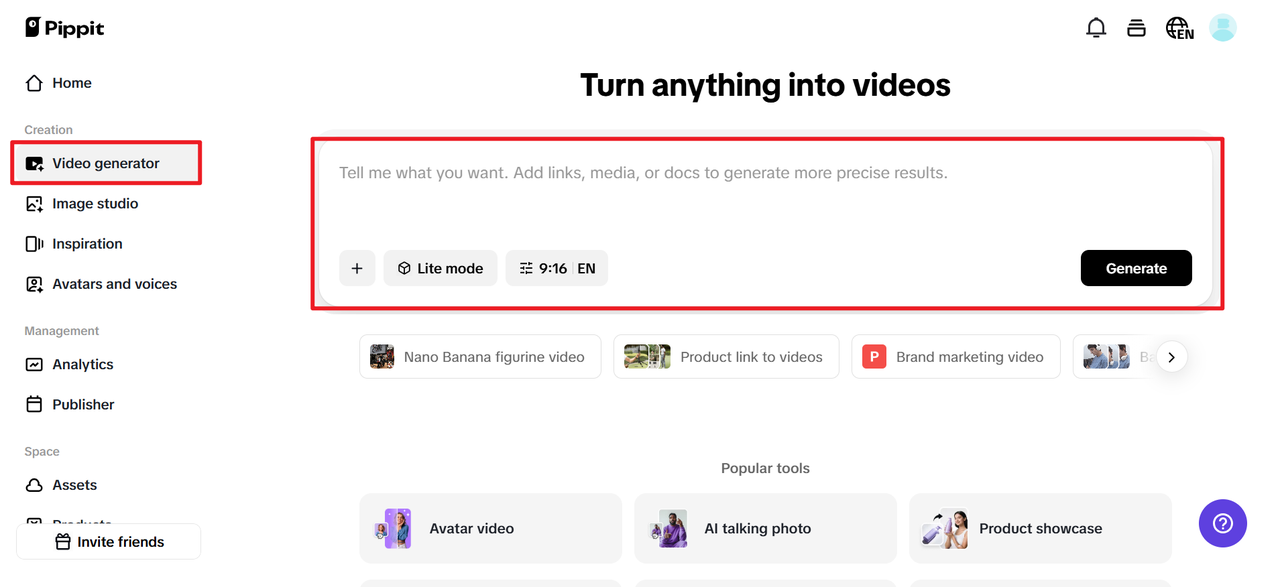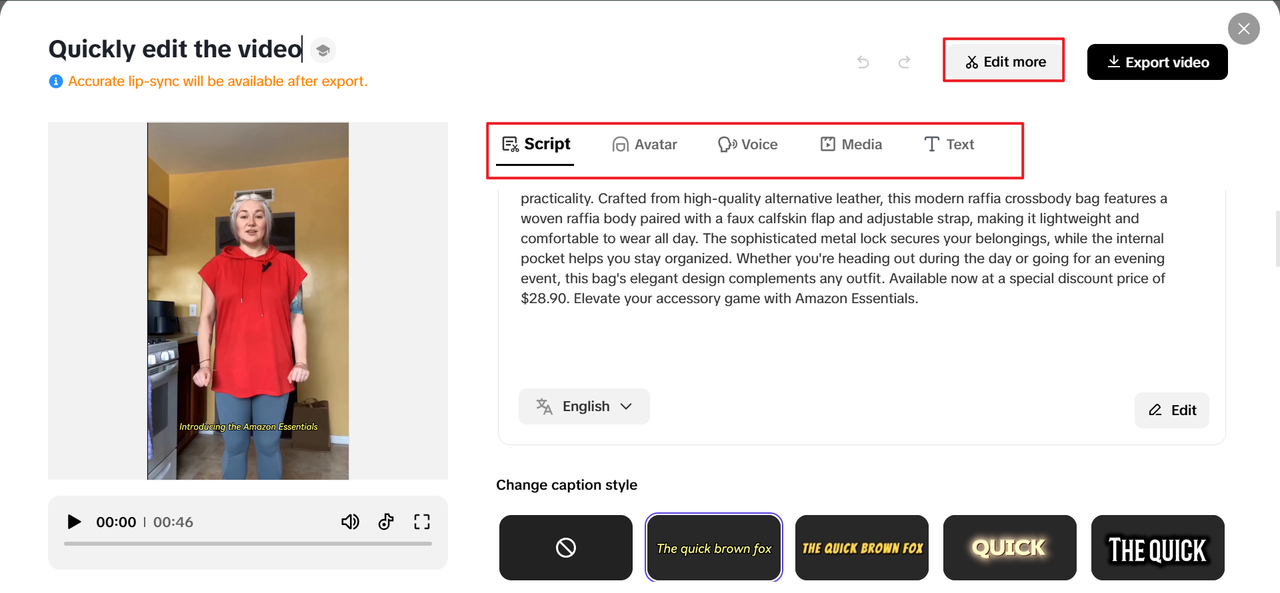One picture can stop a scroll — but when the picture is in motion, it can start a story. On today’s fast-paced social streams, where seconds pass like minutes and trends are formed overnight, movement is the new magic. What was once two-dimensional is now three-dimensional; what was once instant is now micro-narrative. And it’s powered by savvy creative tools like Pippit, an AI video generator platform that helps creators easily bring static images to life in cinematic form.
Regardless of whether you’re an artist, influencer, or brand marketer, shifting from stills to motion is not just a technical breakthrough — it’s a storytelling evolution. Let’s get into how this shift is transforming social media and how you can create your own visual moments.

The rise of motion-first storytelling
No wonder videos outdo photos on social media — they receive more engagement, stimulate more shares, and linger in the memory longer. But where recently there’s been a change is in availability. You no longer need a studio setup or film team to make magic with short-form video.
Technology-based platforms like Pippit fill that gap, turning ordinary photos into visually engaging clips simulating cinematic camera pans, slow zooms, or parallax motion. It’s the way a product photo becomes a grabbing ad, or the way a holiday photo is now reel-worthy.
These tiny motions — light’s journey undulating across a surface or the slow draw into a smiling mouth — stir the emotional cues static images merely imply. Movement begets purpose, and purpose ignites connection.
Why viewers can’t look away from moving images
The human brain is wired for movement. We’re drawn to anything that changes, shifts, or flows — it’s a leftover instinct from survival, now cleverly repurposed for social media engagement.
Where movement begins on a picture, it instantly indicates something is worth watching. That is the reason writers who use movement — even slight movement — have higher retention. Sustained zoom to a model’s face, drifting product spin, or morphing background will all create visual tension that will cause observers to watch longer.
More significantly, motion gives your message an emotional flow. With Pippit’s AI avatar tool, photos may see four walls’ worth of loveliness; a motion graphic enables you to live it. That’s why making still images come to life as dynamic visual storytelling can give a personal vlog the feel of a film, or a brand commercial the feel of a trailer.
How creators are transforming photos into narratives
Today’s creators work with every photograph as a seed — a point to start from, from which entire stories can grow. They can introduce transitions, lighting changes, and even character movement to one clip with Pippit’s image to video feature.
Take the case of a lifestyle influencer: instead of sharing one outfit picture, they can use image-to-video conversion to create a mini-lookbook video, with soft camera movements and voiceover. A travel writer can turn static pictures of landscapes into something alive, giving the reader the experience of movement through time and space. And independent businesses can make their products come alive — whirring, glowing, or being used — from images.
These micro-movements not only enhance the aesthetic but also seamlessly integrate into TikTok trends, Instagram Reels, and YouTube Shorts, where storytelling thrives in under a minute.
During the creative process: turning pictures into videos on Pippit
Step 1: Add your pictures
Sign up or sign in on Pippit and go to the “Video generator” tab and look for the option to upload media. Tap on “Add media” to upload pictures from your device or cloud storage, or paste the URL of a product in the provided field. Then tap “Generate” to enable the AI to automatically detect pictures and generate your video.

Step 2: Modify and generate
Once you upload your media or link, Pippit creates a preview with auto-selected clips and the most relevant product details. Review and modify visuals, highlights, and descriptions. Next, choose your preferred type of video and set the critical settings such as AI avatar, voice, aspect ratio, language, and duration. Finally, click on the “Generate” button to complete your customized video.

Step 3: Save the video
Check your created video for quality. Use “Quick edit” (underneath the video) to re-align script, captioning style, avatar, and voice. Experiment with different video styles to fit your liking. To make more accurate edits, click “Edit more” for professional editing.

Once happy, click “Export” to produce your high-resolution final photo videos, ready for posting on any site or ad campaigns.

Cinematic emotion on demand
The beauty of tools like Pippit lies in their subtlety. The motion they create isn’t exaggerated or artificial — it’s deliberate and emotionally resonant. That’s especially powerful when you’re creating content designed to move hearts as much as eyes.
By adding gradual camera movements, dynamic light shifts, or a smooth fade between scenes, creators can replicate professional videography techniques without lifting a camera. Even simple storytelling moments — like the flicker of sunlight or a slow-focus shift — can bring still imagery to life.
If you’ve ever felt that a single image carries a thousand emotions, this is your way to let it speak them aloud.
Elevating your visuals with the perfect polish
Animation can be a breathtaking way to compose photo videos, but there can be clarity or compression issues that impede videos from reaching their full potential. That is when an online enhanced free 4k video process can assist you to upscale the final video and ensure each pixel is positioned properly. Many of the things that separate good from cinematic video are the little things: sharp edges, deep tones, and the nice sparkle that allows your audience to appreciate your content, and provides it visual clarity for busy feeds.
Or, if you’re getting across brand video messages, a video enhancer free platform will assist maintaining visual consistency across different platforms to tell your story as cohesive and/or professional across the flow of video space, from front frame to last.
For creators working provided with visually complicated environments like digital graphics, product set up, or lifestyle video, introducing a new digital backdrop with a background creator, can also assist with visual style. A time saver, producing cleaner, more aligned videos to brand, without location filming.
The new rhythm of storytelling
The content of the future is hybrid — half photograph, half video, and purely emotional. Motion doesn’t simply move pictures around; it brings stories to life. From posting a brief reel to creating a visual campaign to experimenting with new forms of creative expression, AI-fueled tools have opened an entirely new territory between art and accessibility.
With Pippit, you don’t necessarily have to be a film director to produce cinematic content. All you need is your vision — and a few shots to get you going.
Closing scene: your scroll-stopping story begins here
Every artist has one image that is guaranteed to make a move. Maybe it’s a behind-the-scenes photo, a product shot, or a snapshot frozen in time waiting to become movement. With Pippit, the possibility exists to take that moment and convert it into a scroll-stopping story in just minutes — easily, intuitively, and with elegance.
Want to make your pictures into movies? Start telling with Pippit today — where every image becomes a story to be seen.

